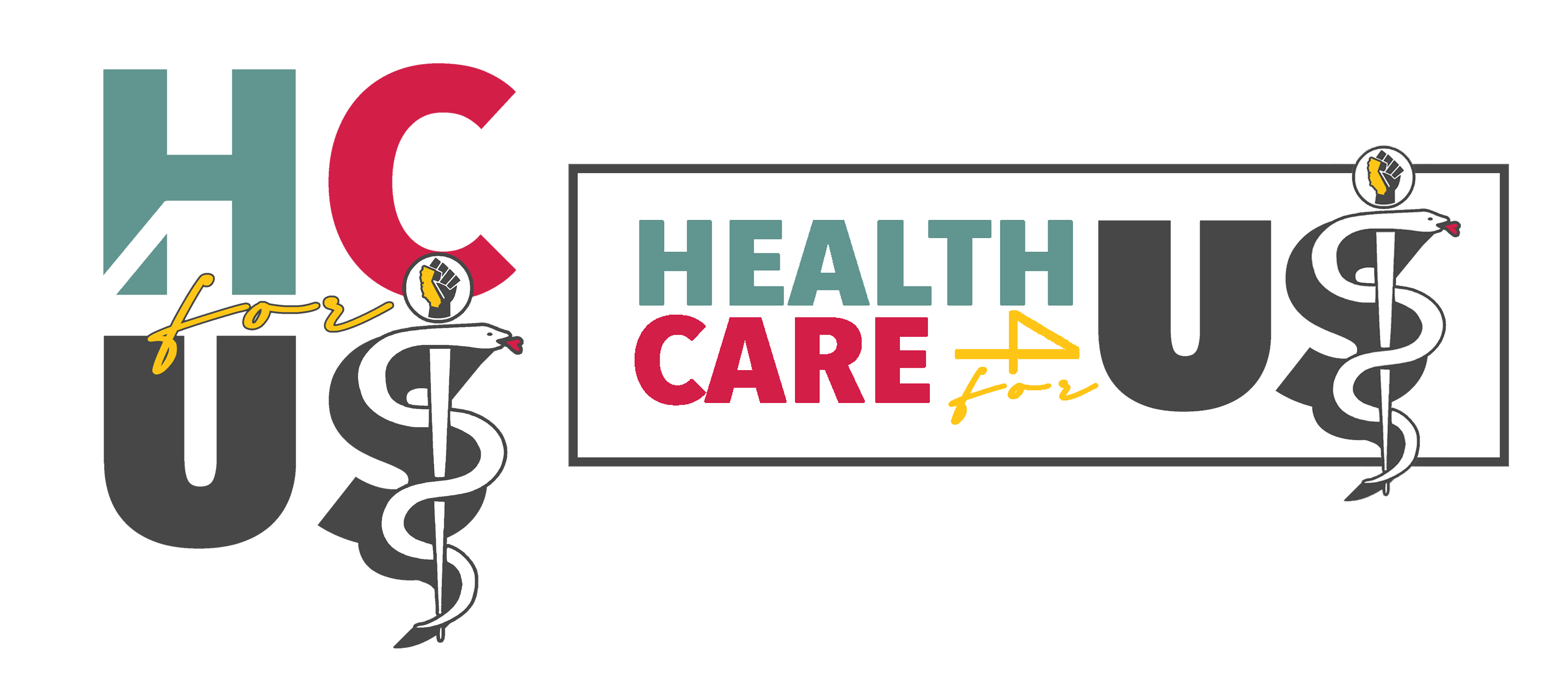About the 1332 State Innovation Waiver Application Process
States have the option to seek a State Innovation Waiver under Section 1332 of the Affordable Care Act to pursue innovative strategies to provide high quality, affordable health care coverage while retaining the statute’s basic protections. The U.S. Department of Health and Human Services (HHS) and the U.S. Department of the Treasury are responsible for reviewing waiver applications.
Application Requirements
The final regulations specify what information needs to be included in an application for a State Innovation Waiver. Critical elements of that application include (but are not limited to):
- The list of provisions the state seeks to waive, including the rationale for the specific requests;
- Data, assumptions, targets, and other information sufficient to determine that the proposed waiver will provide coverage that is at least as comprehensive as would be provided absent the waiver, will provide coverage and cost sharing protections that keep care at least as affordable as would be provided absent the waiver, will provide coverage to at least a comparable number of residents as would be provided coverage absent the waiver, and will not increase the Federal deficit;
- Actuarial analyses and actuarial certifications to support State estimates that the waiver will comply with the comprehensive coverage requirement, the affordability requirement, and the scope of coverage requirement;
- A detailed 10-year budget plan that is deficit neutral to the Federal government;
- A detailed analysis of the impact of the waiver on health insurance coverage in the state;
-
A description and copy of the enacted state legislation providing the state authority to implement the proposed waiver; and,
- A detailed plan as to how the state will implement the waiver, including a timeline.
The regulations provide more detail about each of the application elements and should be consulted carefully as states develop applications.
HHS may also request, or a state may propose, additional information to aid in the review of the application.
